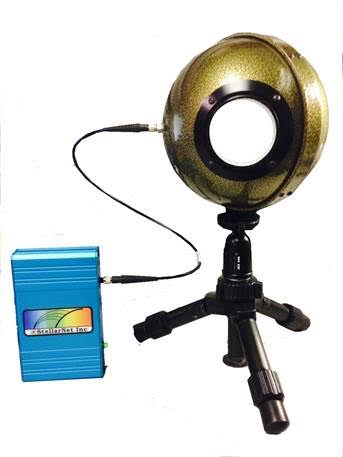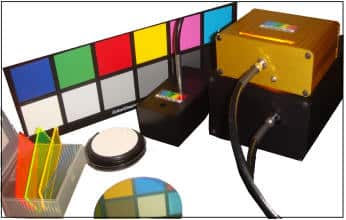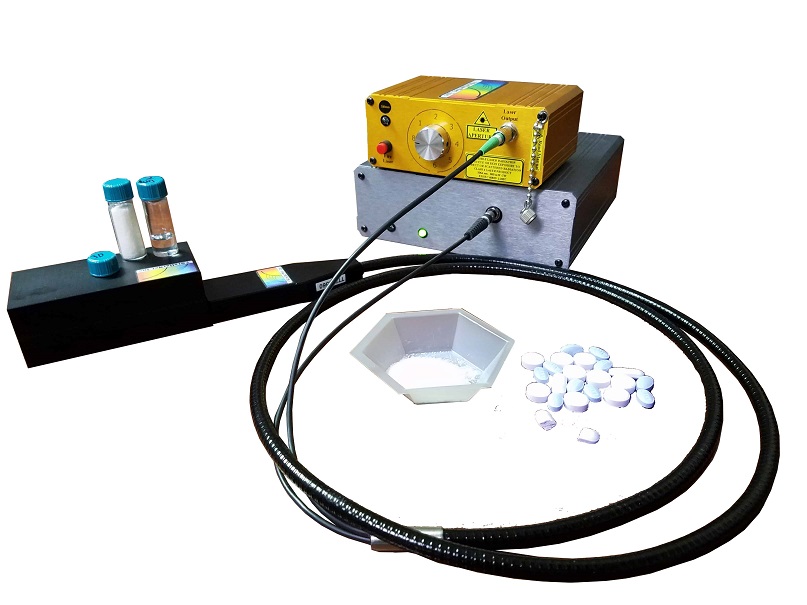Congratulations Tampa Bay Lightning on Back to Back Stanley Cups!
Have you ever heard that lightning can’t strike twice? Tell that to our very own Tampa Bay Lightning who are now back-to-back Stanley Cup champions! StellarNet manufacturing headquarters has been located in the Tampa Bay area for over 20 years and our team members are longtime fans 😊.
While the Tampa Bay crew wears blue and white, lightning can take on many different colors depending on atmospheric conditions. Read more about what the spectrum of lightning looks like and what different colors of lightning may signify during the next thunderstorm you see.
What is Lightning?
Lightning is a rapid series of electrical discharges between the ground and a cloud or within clouds. It occurs typically during a thunderstorm but you can also find lightning during dust storms, forest fires, tornadoes, volcanic eruptions, and more. The immense current, which can be upwards of tens of thousands of amps, rapidly heats an air column just centimeters wide and up to several miles long to temperatures of 20-30,000 Celsius, several times that of the sun’s surface.
What causes Lightning to emit light?
At these temperatures, air molecules are dissociated into atoms and ionized to a plasma. The spectrum below shows lines from electronic transitions of both nitrogen and hydrogen atoms. The lightning spectrum has lots of strong ion lines and atomic lines, of which the N II line and O I line are abundant. When looking at lightning through a prism you can see the colors emitted from atmospheric gases.
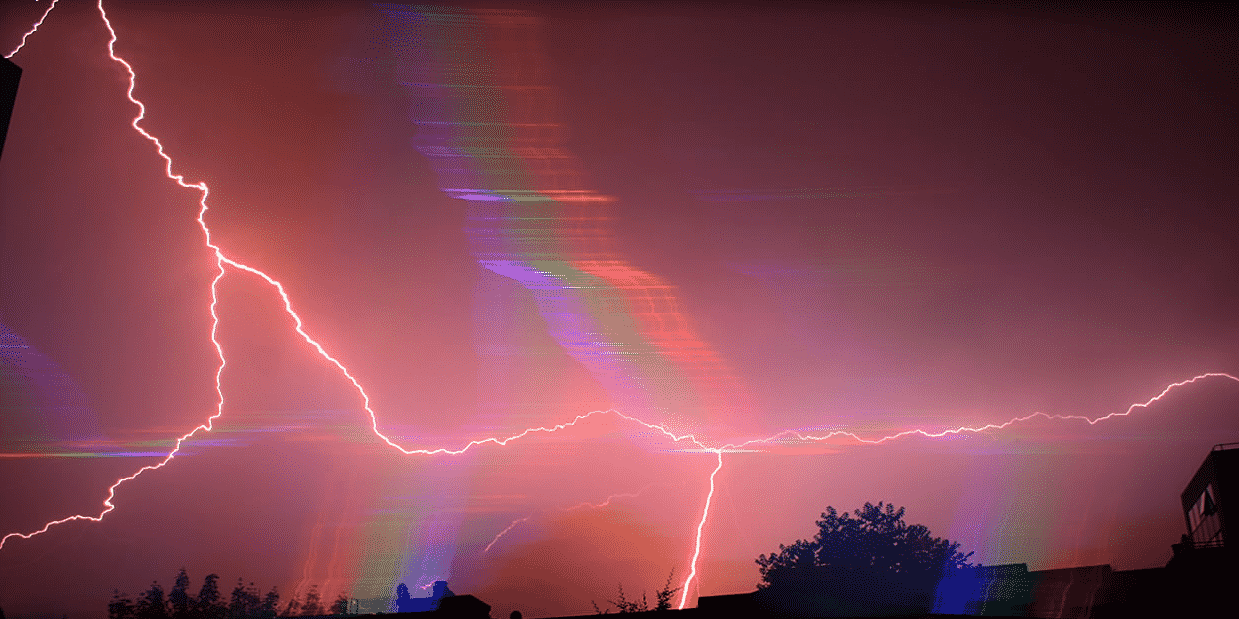
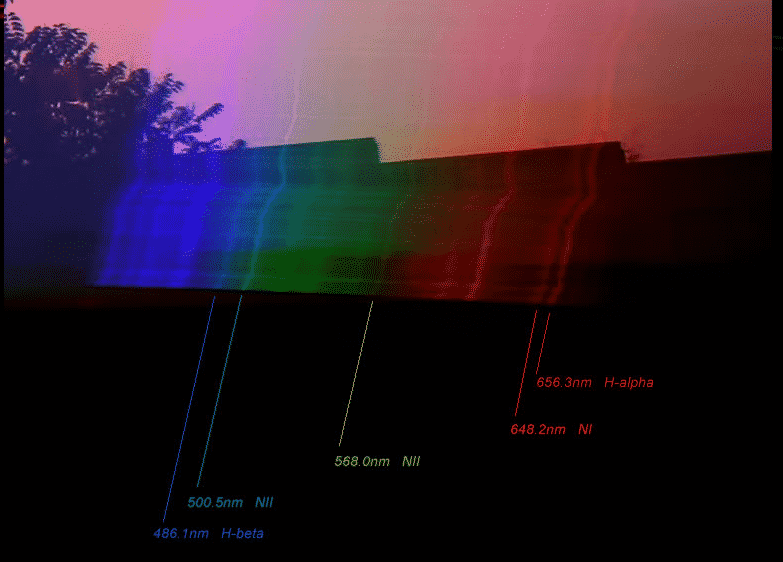
When using a spectrometer you can measure atomic and ionic electronic transitions.
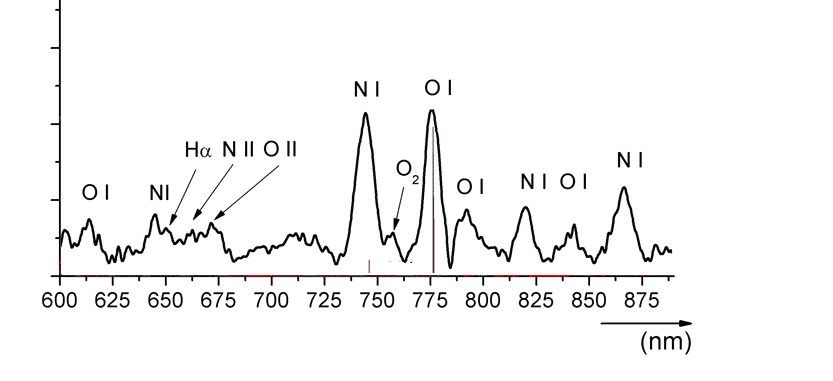
What color is Lightning?
Bolts of lightning can come in a variety of colors. Most often we see white bolts of lightning but it can take on any of the colors in the rainbow ranging from red (in the infrared band) to violet (in the UV region). Depending on weather conditions you might see tinges of other colors at the edges. Humidity, particles in the atmosphere, and environmental conditions can contribute to the color the lightning appears. The temperature of the bolt also affects what color we see. The hotter it is, the closer to the end of the spectrum the color is. A lightning bolt’s temperature can get as high as 50,000 degrees Fahrenheit which is hotter than the heat on the sun’s surface. Also, the distance between the bolt and the observer can impact what they see. As the rays travel through the atmosphere to the observer, they can get scattered by tiny dust particles in the air which can make it take on different colors.
What do the different colors of Lightning signify?
When lightning strikes, different particles will scatter this light and cause the strike to appear as blue, pink, purple, white, or even a brownish tint. You’ll sometimes see more pinks or greens during snowstorms, as snowflakes tend to bend the light more. The colors can provide insight into what to expect during a thunderstorm:


